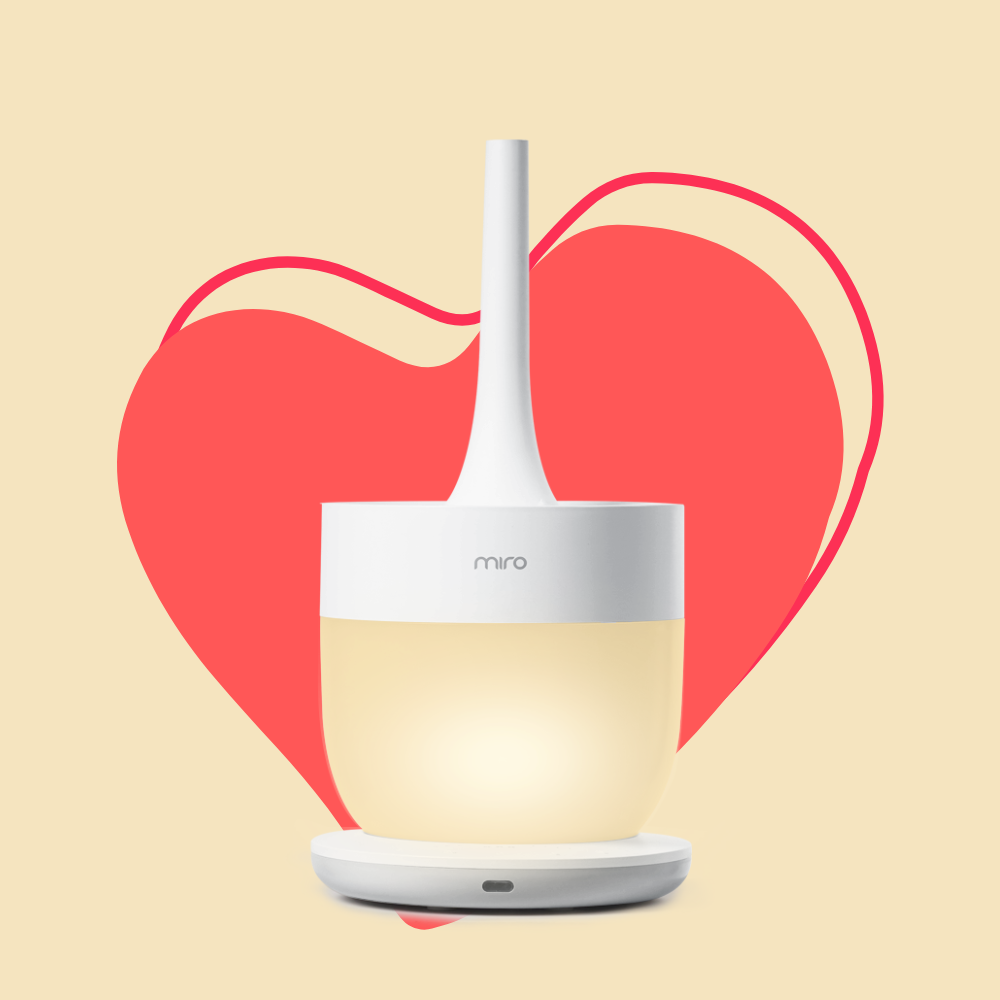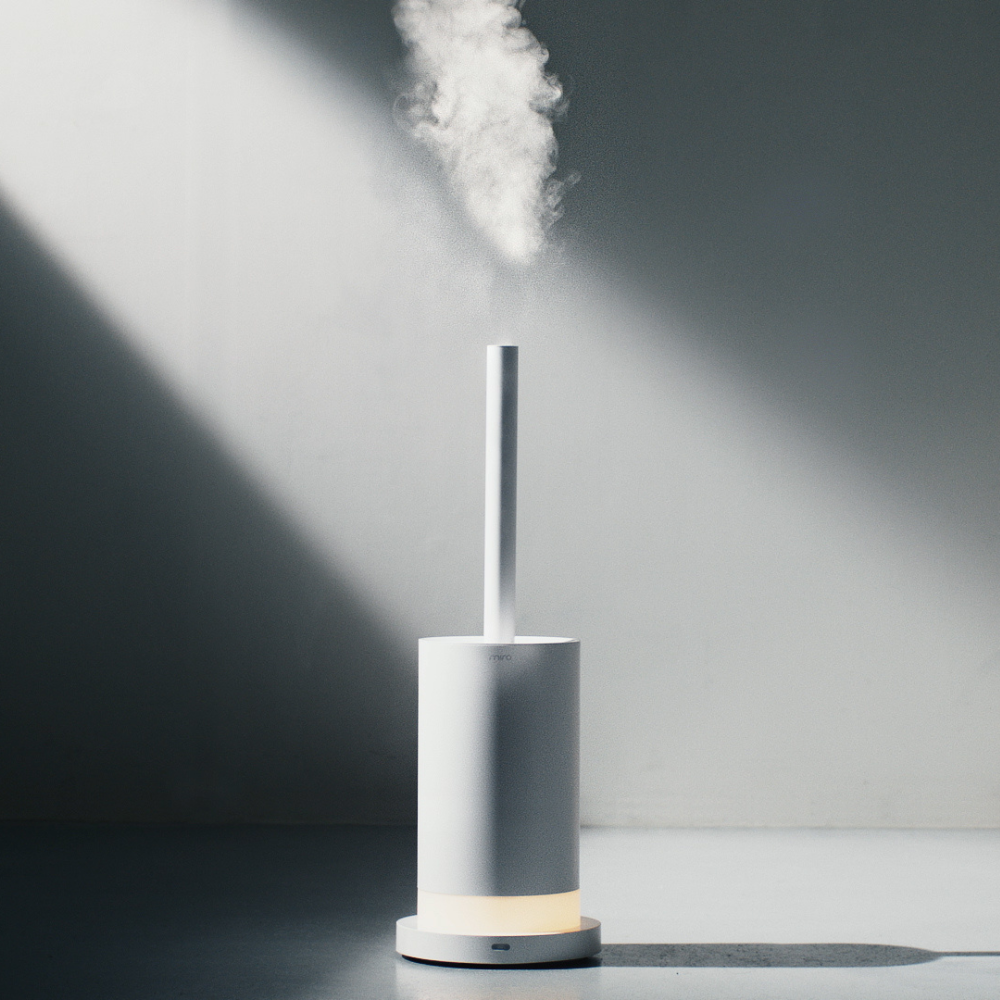

Why Is My Portable Humidifier Leaking from the Bottom?
There's nothing more frustrating than discovering that your trusty portable humidifier is leaking water from the bottom.
Not only can it create a mess, but it can also affect the performance and effectiveness of the unit.
In this article, we'll explore some common causes of portable humidifiers leaking from the bottom and provide you with practical tips to address these issues. From faulty sealing and cracked water tanks to clogged nozzles and overfilled tanks, we'll cover it all.
So, let's dive in and uncover the mysteries behind your leaking portable humidifier.
1. Faulty Sealing
The seal or gasket of a humidifier is an often overlooked but critically important component. It acts as a barrier between the water tank and the base, preventing water from seeping out.
When properly installed and maintained, it ensures a snug and watertight fit, anchoring the water tank in its position.
Over time or due to negligent upkeep, the gasket may start deteriorating, losing its elasticity, and becoming brittle. This decay reduces its ability to maintain a watertight seal, leading to leaks from the bottom of the humidifier.
Accumulation of mineral deposits or algae can also contribute to the weakening of the gasket, resulting in a poor grip on the water tank and subsequently, leakage.
Identifying this issue requires a careful examination of the gasket. If you observe any physical damage, such as cracks or noticeable wear, it is likely the culprit behind your leaking humidifier.
To address this, the damaged gasket should be replaced with a new one. Regular cleaning of the humidifier, especially the gasket area, will prevent any accumulation of minerals or algae, thus extending the lifespan of the gasket and the overall efficiency of the unit.
2. Cracked Water Tank
The water tank of your humidifier is subject to a great deal of strain and, consequently, potential damage. This can result from accidental falls or bumps, mishandling, or exposure to extreme temperatures, especially freezing ones. Pets or children might unknowingly cause damage to the tank, leading to leakage.
The cracks or damage might not be readily apparent to the naked eye, especially if the damage is microscopic or in a hidden area. A careful examination under good light is recommended to identify any cracks or damage.
If you discover any signs of damage, it's essential to replace the tank promptly to avoid further water damage to the humidifier or the surface on which it rests. Using a cracked or damaged tank will not only result in leaks but also impact the effectiveness of the humidifier.
3. A Clogged Tank or Nozzle
Humidifiers operate by drawing water from the tank through a nozzle and expelling it as mist or steam. However, over time, mineral deposits from hard water or impurities can clog the water tank or nozzle, restricting water flow. This build-up causes an accumulation of water, which might start overflowing and lead to leakage.
Regular maintenance and cleaning of the tank and nozzle using a mild acidic solution, such as vinegar, can prevent such blockages and ensure smooth operation. In more severe cases, it might be necessary to replace the affected components.
4. Overfilled Tank
While it might seem counterintuitive, overfilling the humidifier's water tank can lead to problems, including leakage. When the water level exceeds the device's capacity, it can put pressure on seals, gaskets, and other components, causing water to escape from any available exit, including the bottom of the unit.
To avoid this, always adhere to the manufacturer's guidelines on the appropriate water level for your specific humidifier model, typically indicated by a "max line" on the tank. A general rule of thumb is to fill the tank up to three-quarters of its capacity, ensuring the unit operates optimally without any risk of leaks.
5. The Water Tank Isn’t Properly Seated
For a portable humidifier to work correctly, the water tank needs to be properly seated on the base. Incorrect placement could misalign the water flow, lead to pressure buildup, and eventually cause leakage.
Ensure that the water tank is securely fastened onto the base, following the specific instructions provided by the manufacturer. If you're uncertain about how to properly install the tank, refer to the user manual or consult the manufacturer's customer service.
6. The Humidifier Isn’t Level
An uneven placement of the humidifier can result in skewed water distribution, leading to potential leakage. It also affects the device's overall performance as the water isn't circulated evenly.
Check if your humidifier is leveled by observing if all four feet are firmly touching the surface it's placed on. If it's uneven, adjust its position or the surface it's sitting on to balance it. If it continues to leak even after leveling, consult a professional.
7. The Humidifier Isn’t Draining Properly
Proper drainage is essential to a humidifier's functioning. If the humidifier isn't draining as it should, it could lead to water build-up and subsequent leakage. A clogged drainage hole at the tank's bottom is often the culprit behind this problem.
A simple cleaning regimen involving a cotton swab dipped in vinegar can unclog the drainage hole, remove the accumulated grime, and restore proper drainage. If the issue persists, it would be wise to seek expert help.
8. Eroded Foundation
Hard water, high in minerals like calcium and magnesium, can be harsh on the components of your humidifier. Regular use of hard water leads to the accumulation of these minerals, which gradually erode the unit's parts, including the foundation, resulting in leaks.
Regular descaling of your humidifier is an effective way to counter this problem. This process removes accumulated minerals, thus preventing damage to your humidifier and ensuring its longevity.
FAQs
How do I know if the gasket of my humidifier needs to be replaced?
Look for physical damage such as cracks or noticeable wear on the gasket. If you observe any signs of deterioration, it is likely time to replace the gasket.
Can I repair a cracked water tank in my humidifier?
It is generally recommended to replace the cracked water tank to prevent further leakage and ensure the effectiveness of the humidifier.
How often should I clean the tank and nozzle of my humidifier?
Regular cleaning is essential to prevent clogging. It is recommended to clean the tank and nozzle of your humidifier at least once a week or as per the manufacturer's instructions.
What is the ideal water level for a humidifier to avoid leaks?
Follow the manufacturer's guidelines and fill the tank up to the indicated "max line" or typically up to three-quarters of its capacity to prevent overfilling and subsequent leaks.
How do I ensure proper seating of the water tank on the humidifier base?
Refer to the manufacturer's instructions for the correct installation of the water tank to ensure it is securely seated on the base.
What should I do if my humidifier continues to leak after leveling it?
If the problem persists, it is advisable to consult a professional or contact the manufacturer's customer service for further assistance.
How can I unclog the drainage hole of my humidifier?
Dip a cotton swab in vinegar and use it to clean the clogged drainage hole. This should help restore proper drainage.
How can I prevent erosion of my humidifier's components due to hard water?
Regularly descale your humidifier by removing accumulated mineral deposits. This helps prevent damage and extends the lifespan of your unit.
Conclusion
A leaking humidifier can be a nuisance, but understanding the potential causes helps in effective troubleshooting and timely remediation.
By following the manufacturer's instructions for operation and maintenance, you can enhance your humidifier's lifespan and performance while avoiding leaks.
Regular inspection and cleaning can go a long way in preventing common issues that lead to leaks.
In case of persistent issues, don't hesitate to consult a professional or the manufacturer's customer service.


